

Some folks are saying that USB flash drives are a thing of the past, but this couldn’t be further from reality. The truth is that USB drives are useful in ways that are not going out of style any time soon.
It may be possible to quickly save, transfer, and share files over the cloud these days, but USB drives offer privacy and security beyond anything the Internet could ever offer — especially in light of recent government surveillance efforts across the world.
More importantly, USB drives provide functionality beyond file storage and transfer. They give you the convenience of securely storing passwords, protecting your laptop or mobile device with physical keys, and so much more.
As far back as 2012, Kit Eaton over at Fast Company claimed that USB memory sticks were “facing extinction”. These are the same memory sticks that people today — in 2015 — still carry around and use every single day.
In fact, the coffin in the nail of Kit’s claim is this: a 2015 report by Global Industry Analysts found that the global market for these little memory sticks is due to exceed over half a billion units by 2020.
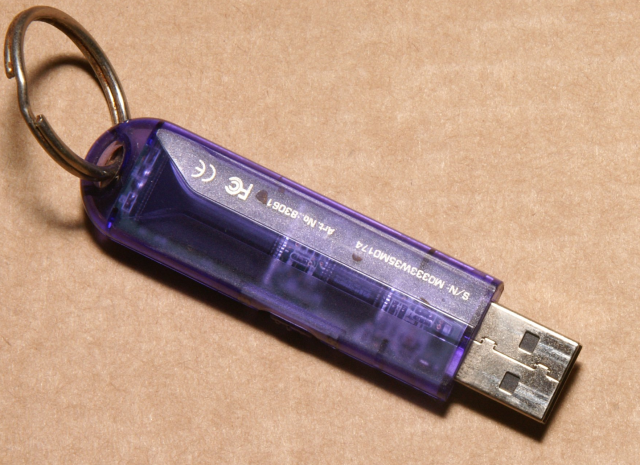
The reasons provided in the report for the surging growth of this market (despite the availability of so many alternative cloud solutions) were:
It isn’t even debatable really. People like that you can plug in a USB drive and quickly transferr files rather than waiting to slowly upload files to cloud services — services which are constantly marred with news reports of data losses, privacy issues, and hacker penetrations.
The popularity of these drives isn’t only due to superior speed and portability, but also because of the variety of things you can do with them.
If you travel a lot, then you probably use your laptop or tablet in airports, Internet cafes, and other public places. These are unfortunately the most common places where you’ll find thieves just waiting for unattended devices to steal. This is when a USB drive as physical key comes in handy.
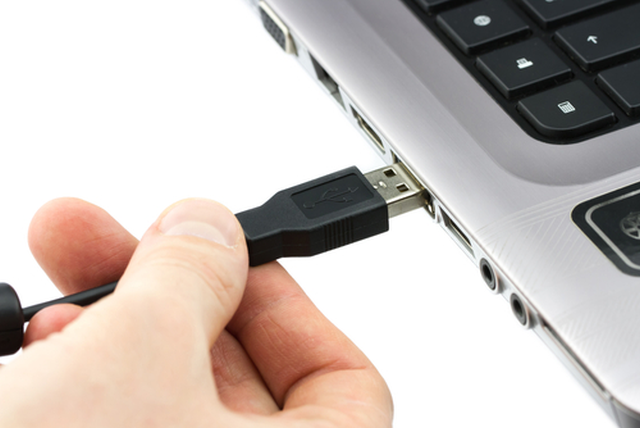
There are a few ways you can turn your USB drive into a physical key.
Predator is one of the most recommended applications out there. It locks your computer whenever you remove the USB drive. But more than that, Predator takes a picture any time someone tries to use your computer when you’re away, and it’ll issue a loud alarm if someone enters an incorrect password.
The downside is that Predator costs up to $30. If that’s an issue, you might be better off using the free USB Raptor instead.
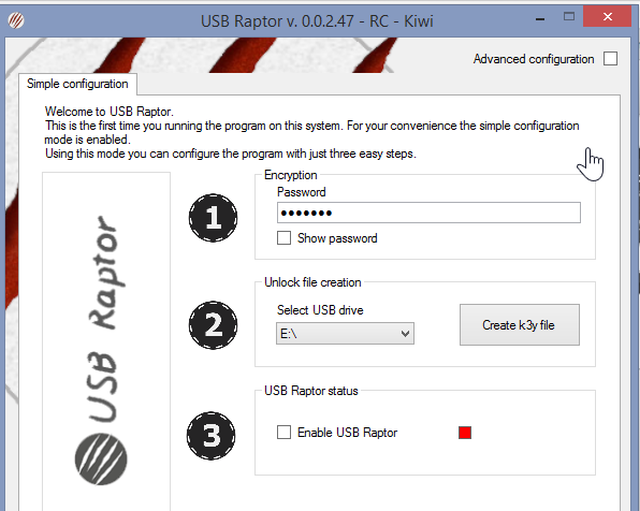
Raptor may not have all of the bells and whistles of Predator, but it will lock your laptop pretty solid, even without the ability to enter a password at all until the drive is plugged back in.
An alternative to using a USB drive as a physical key is to use it as an actual security device. Sounds weird, but once you see how LAlarm works, you’ll wonder how you ever got by without it. (And it’s free!)
How it works is ingenious. You fasten a thin metal cable or strap to the memory stick, secure the other end to a large table or another immobile device near you, and plug the USB stick into your computer. The moment you lock the Windows screen, your USB security system is enabled.
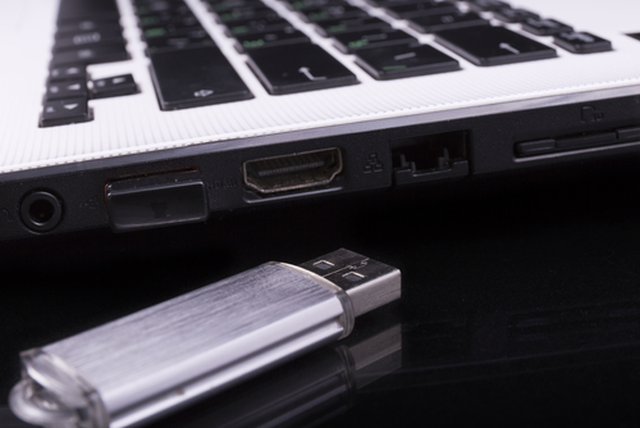
It seriously gives new meaning to the phrase “locking down” your laptop. You can also customize the alarm sound the software makes if the USB drive gets pulled out, like an ear-piercing noise that’ll attract a lot of attention. The would-be thief is likely to put the laptop back down and run!
The funniest thing I’ve seen is when visiting a friend’s house, my friend couldn’t remember his Wi-Fi password, so he went into his den and dug around in his desk for a while to find a small slip of paper he had used to write down his wireless credentials.
He could have just saved his wireless credentials to a USB drive, in which case the USB drive would act like a physical key that can set up Wi-Fi access.
The easiest way to do this is using the netsh command. Start by opening the Command Prompt and typing: netsh wlan show profiles
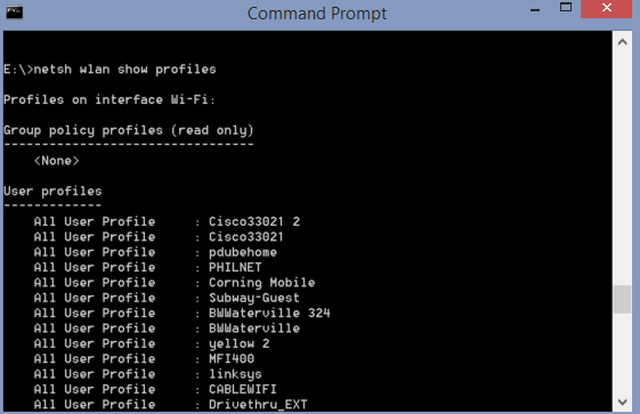
Once you’ve identified the name of the profile you want to use, you can save it to USB using this command:
netsh wlan export profile “<profile-name>” key=clear folder=”<drive-letter-of-USB>”
Obviously, replace the <profile-name> and <drive-letter-of-USB> with the appropriate terms.
Next, when you’ve lost your network connection, or someone has arrived at your home with a new laptop and they need your network connection settings, just plug your USB into their device and type:
netsh wlan add profile filename=”<path-of-xml-file>” user=all
Replace <path-of-xml-file> with the path of your USB drive and the XML file stored there. This will create the wireless profile with all of the correct settings and password to connect to your wireless network.
USB memory sticks aren’t just about storing files. Sometimes they can be used to carry around a virtual briefcase of software for all of your needs.
If you’re a writer, imagine having your favorite word processor and dictionary/thesaurus apps right in your front pocket. If you’re a software engineer, imagine having programming software and security apps so you can do your important work anywhere.
There are many solutions for this. In fact, Mark has covered a complete list of portable apps that you can load up on your USB stick, but if you don’t want to do all of that work yourself, you can use the Portable Apps tool that we’ve reviewed before here at MakeUseOf.
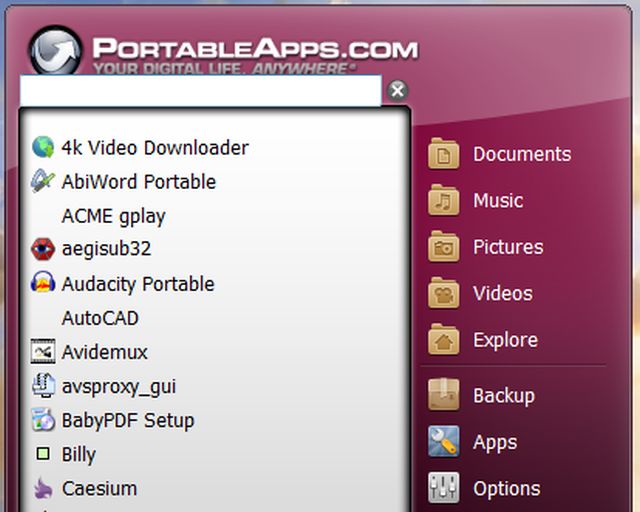
Portable Apps offers a selection of over 300 apps ranging across categories like Education, Office, Internet, and Games. Can the cloud do this? Maybe, but it would be pretty hard to access these important apps during those times when you don’t have an Internet connection!
Another excellent purpose for a USB drive is to live boot a PC or Mac into any distro of Linux.
What good is carrying around a live Linux distro? Well, just one glance at Justin’s list of 50 cool uses for booting live Linux should give you all the reasons you’ll ever need. You can do it to restore data, work on or recover a system, set up a temporary SSH or VNC server, and so much more.
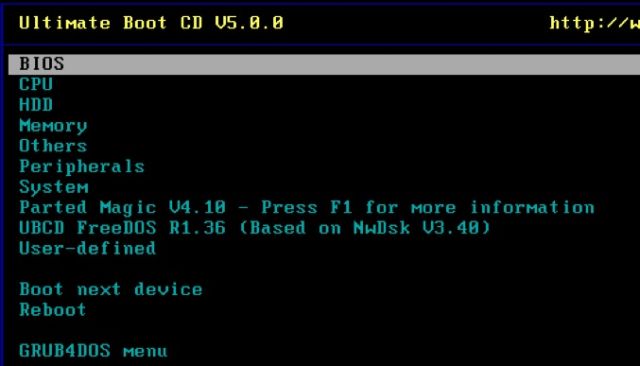
You can live boot a Mac into Linux using a USB stick as well.
Can you do that with Dropbox or Google Drive? I’m sure some clever geek could come up with a way, but it certainly wouldn’t be easy — and again, useless without an Internet connection.
It’s clear that USB drives fulfill many different uses. In addition to the ones outlined above, USB drives are also perfect for all of the following:
There is a reason so many people continue buying USB flash drives year after year. They are cheap to purchase, fast and easy to use, and with so many valuable uses it’s impossible to own just one.
Do you use your USB flash drives for any of the purposes listed above? If you haven’t been, are you considering doing so now? Share your own ideas for other great reasons why USB drives are awesome and will never go away in the comments section below!
Image Credit: Studio ART via Shutterstock


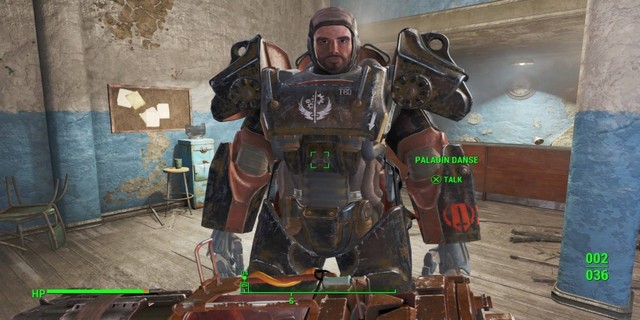
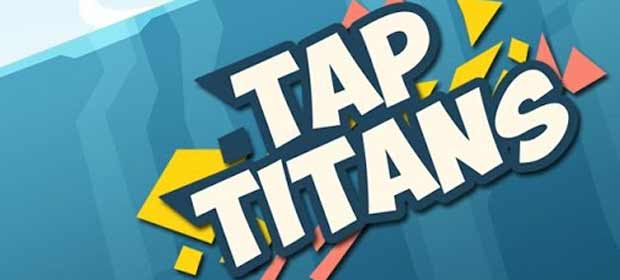
 Preview: Anomaly 2 Beta: Tower Defense Lives!
Preview: Anomaly 2 Beta: Tower Defense Lives! Learn how to play Five Nights at Freddys 4 (Android / Windows)
Learn how to play Five Nights at Freddys 4 (Android / Windows) 5 Ways You Can Get Better At Video Games
5 Ways You Can Get Better At Video Games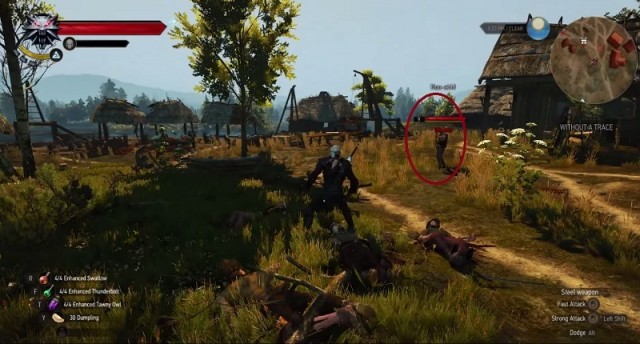 How to Unlock Return to Sender Achievement in The Witcher 3 DLC Hearts of Stone
How to Unlock Return to Sender Achievement in The Witcher 3 DLC Hearts of Stone The Talos Principle Walkthrough
The Talos Principle Walkthrough